Earlier this week, Venice launched its new online platform allowing for payment of its ‘tourist tax’.
The move came nearly two months after city officials announced that a long-delayed entry fee aimed at regulating crowds and lessening the impact of mass tourism in Venice’s centro storico (historical centre) would finally come into force on a total of 29 days in 2024.
The city council said that day visitors will need to pay five euros to enter the city centre during the first peak tourism period of the year, from April 25th to May 5th, and then on all weekends in May and June as well as the first two weekends of July.
But, with little over three months until the fee’s ‘debut’ date, a certain degree of confusion continues to linger over who exactly has to pay the charge and how they should go about it.
Who does the fee apply to?
All day-trippers (or turisti giornalieri) over the age of 14 entering the city between 8am and 4.30pm on the above-mentioned dates will have to pay the fee.
However, visitors that “stay in one of the accommodation facilities located within the territory of the Venice municipality” will be exempt from the charge.
READ ALSO: How will Venice’s ‘tourist tax’ work?
Aside from guests staying at the city’s hotels or B&Bs, a number of other categories will be exempt from paying the fee, including:
- Venice residents
- People born in Venice
- People working or studying in Venice
- Veneto region residents
- Second-home owners and their households
- Partners, parents or relatives up to the third degree of kinship of people residing in Venice
Barring Venice residents and Venice natives, all of the other above-mentioned categories (including hotel or B&B guests) will be asked to claim their fee exemption and book their visits online.
I’m a day visitor. How do I pay the fee?
Though early project plans included the possibility for day-trippers to pay the fee at various info points located in key areas of the city, the charge can currently only be paid by registering on the recently launched portal.
Purchasing the ticket is fairly straightforward, with instructions available both in Italian and English.
All you’ll have to do is select the ‘Book and Pay’ option, choose the date (or dates) you’re paying the fee for, and then insert your name, surname, email address and phone number.
Day-trippers under the age of 14 are exempt from the fee, but will still have to be registered as visitors. You’ll be able to add visitors under 14 (as well as other non-exempt visitors) in the window pictured below.
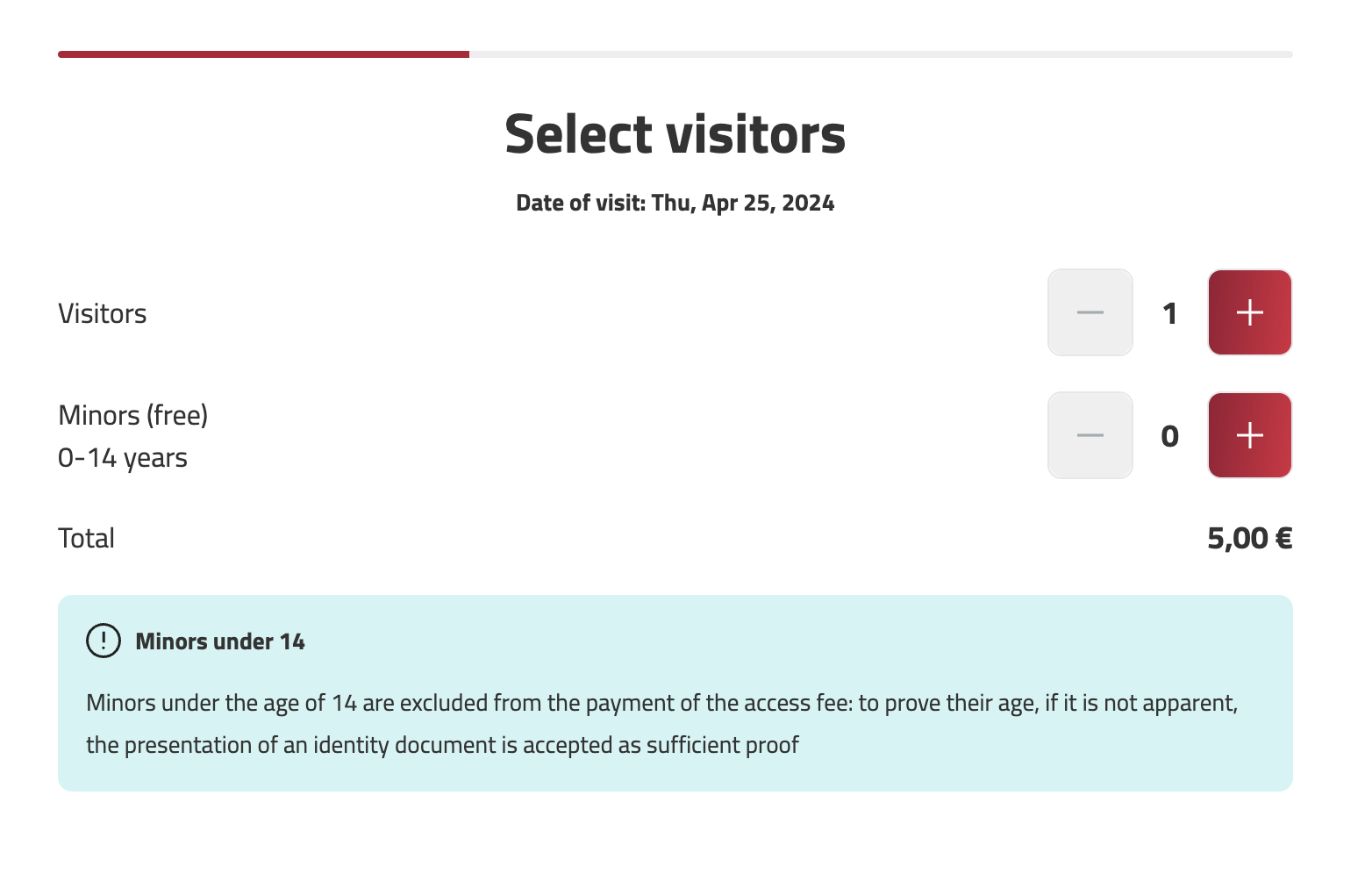
After purchasing the ticket, you’ll be able to download it straight away.
The ticket will have a QR code, which you may be asked to show to officials conducting checks upon entering the city centre.
READ ALSO: What are the new rules for tourist groups visiting Venice?
Quite conveniently, you’ll have a copy of the ticket sent straight to your email address from the following sender: [email protected].
The email will also include a link to cancel the booking. This can be done up to one day before your scheduled visit.
I don’t have to pay the fee. How can I claim the exemption?
People that are entitled to an exemption will have to use the same online platform as day visitors to claim it.
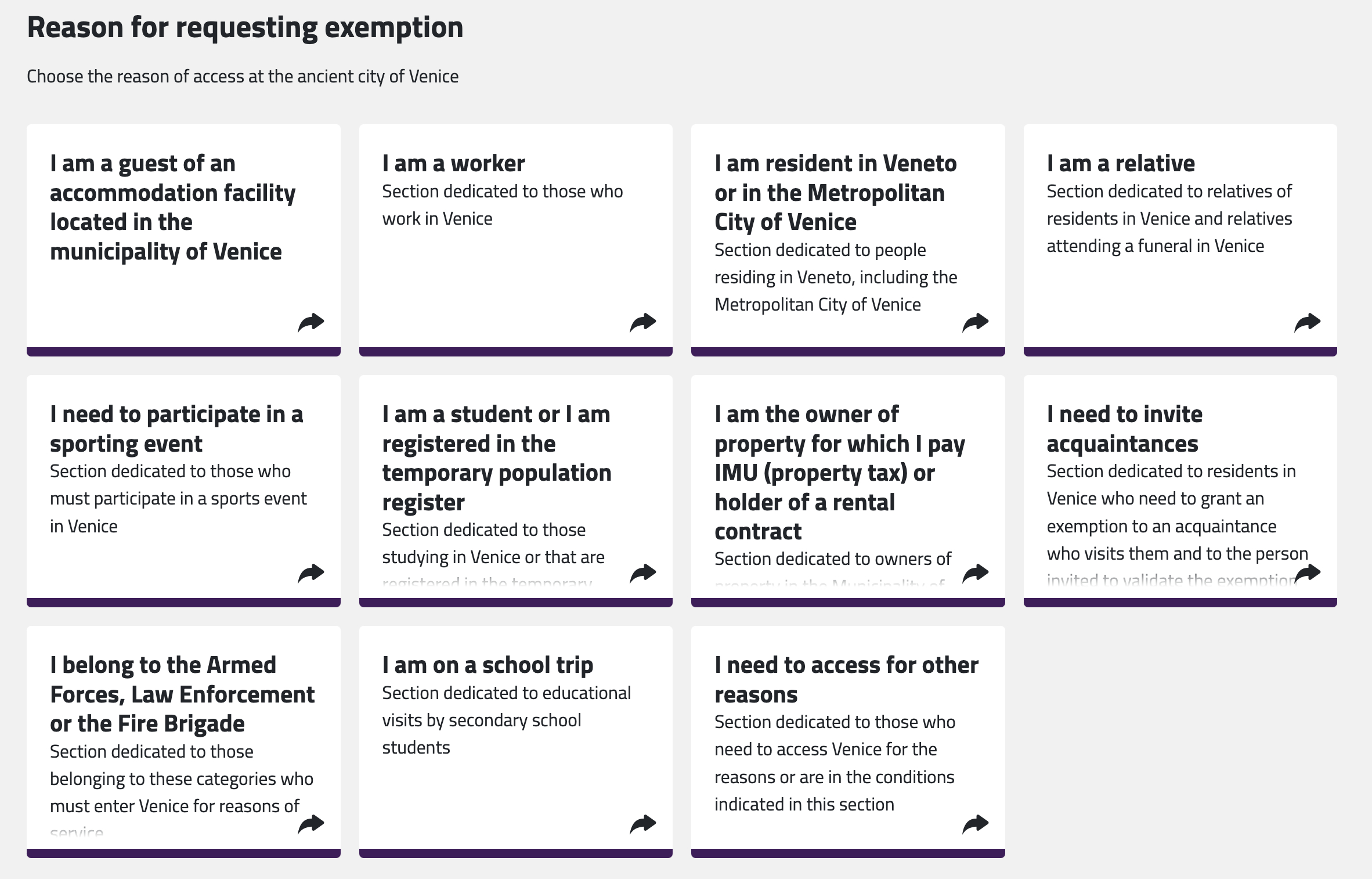
The personal details and documentation required vary from exemption to exemption.
For instance, people staying in an accommodation facility in the city are required to provide details of their booking, whereas second-home owners are asked to provide details of their local property.
Visitors claiming certain types of fee exemptions may be asked to confirm their booking via phone, though this is not the case for standard tickets.
For more details about paying Venice’s entry fee or claiming an available exemption, see the Venezia Unica website or get in touch with their support desk.

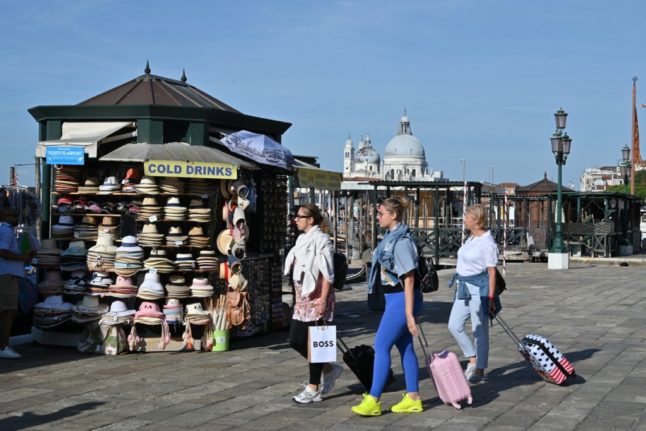

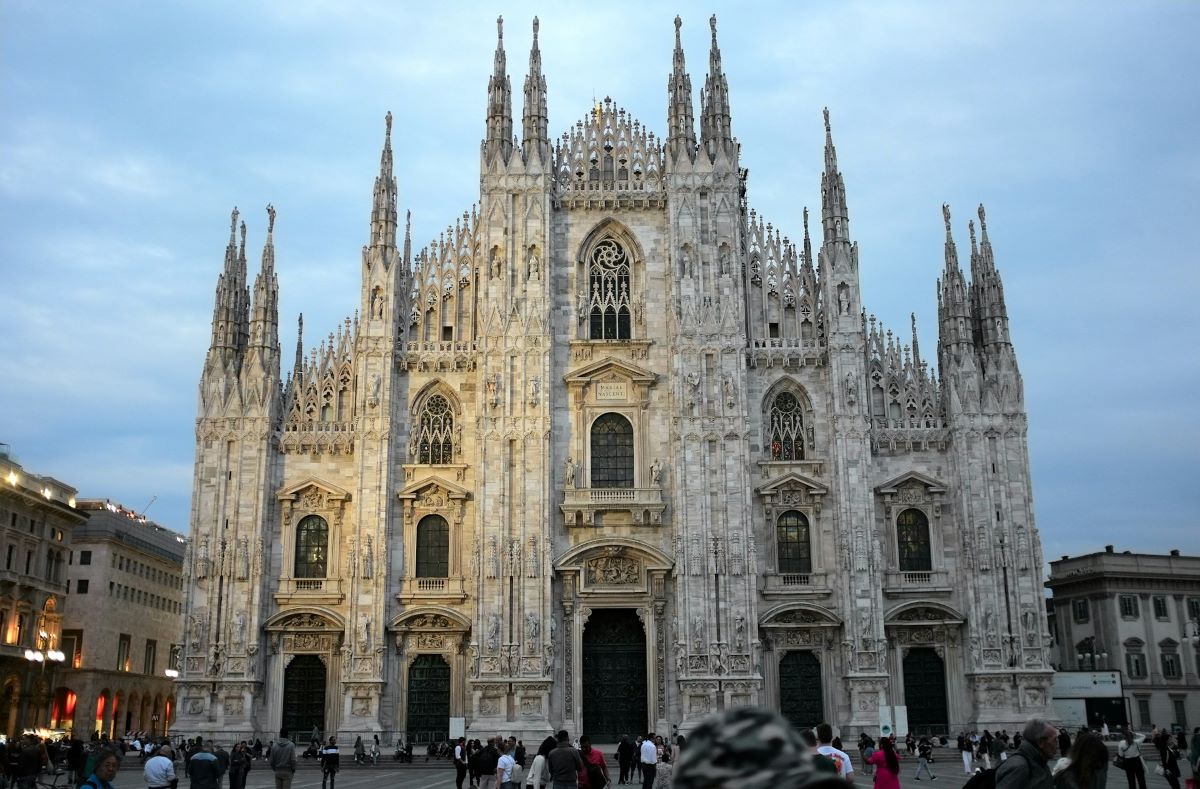
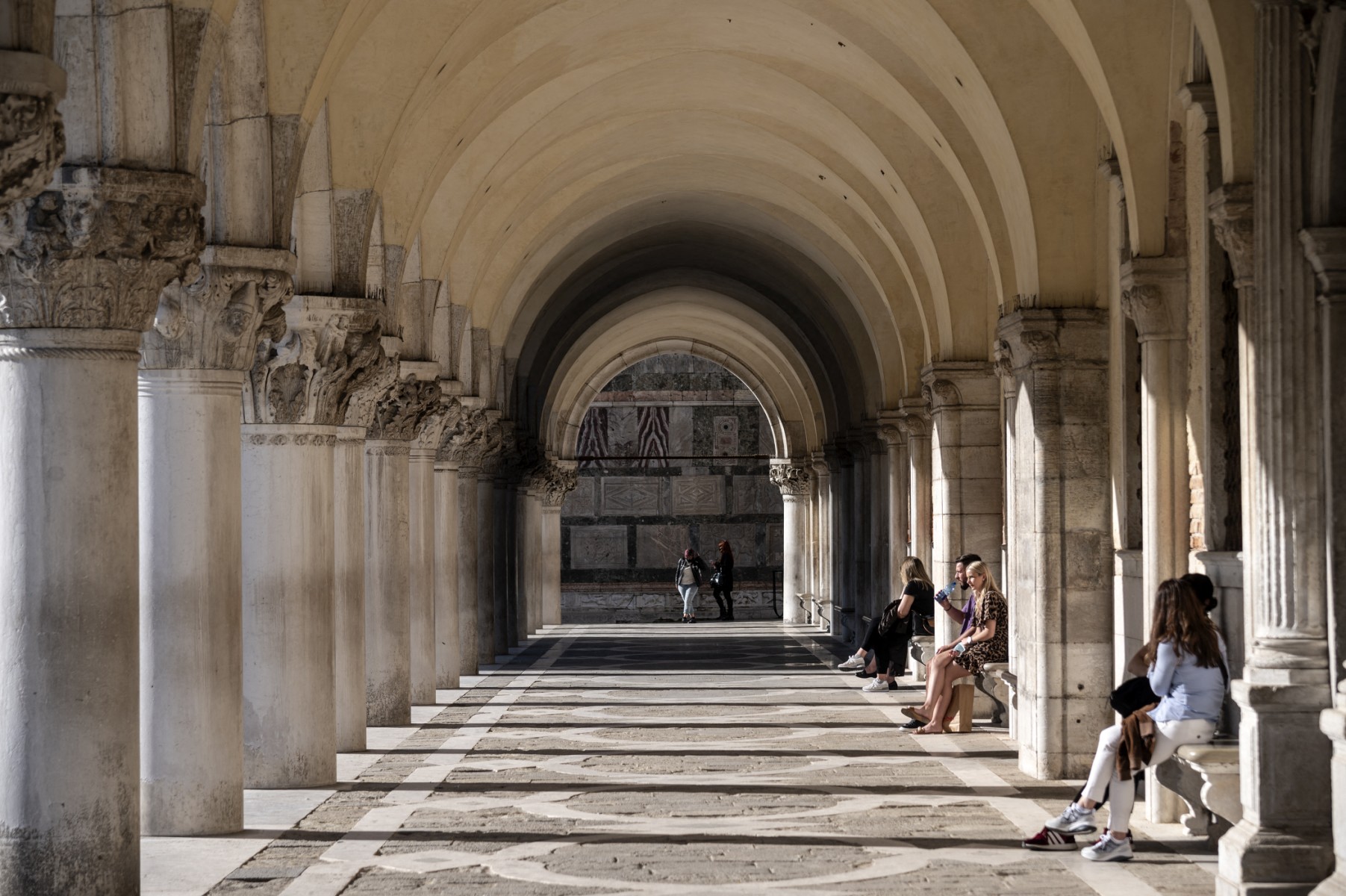
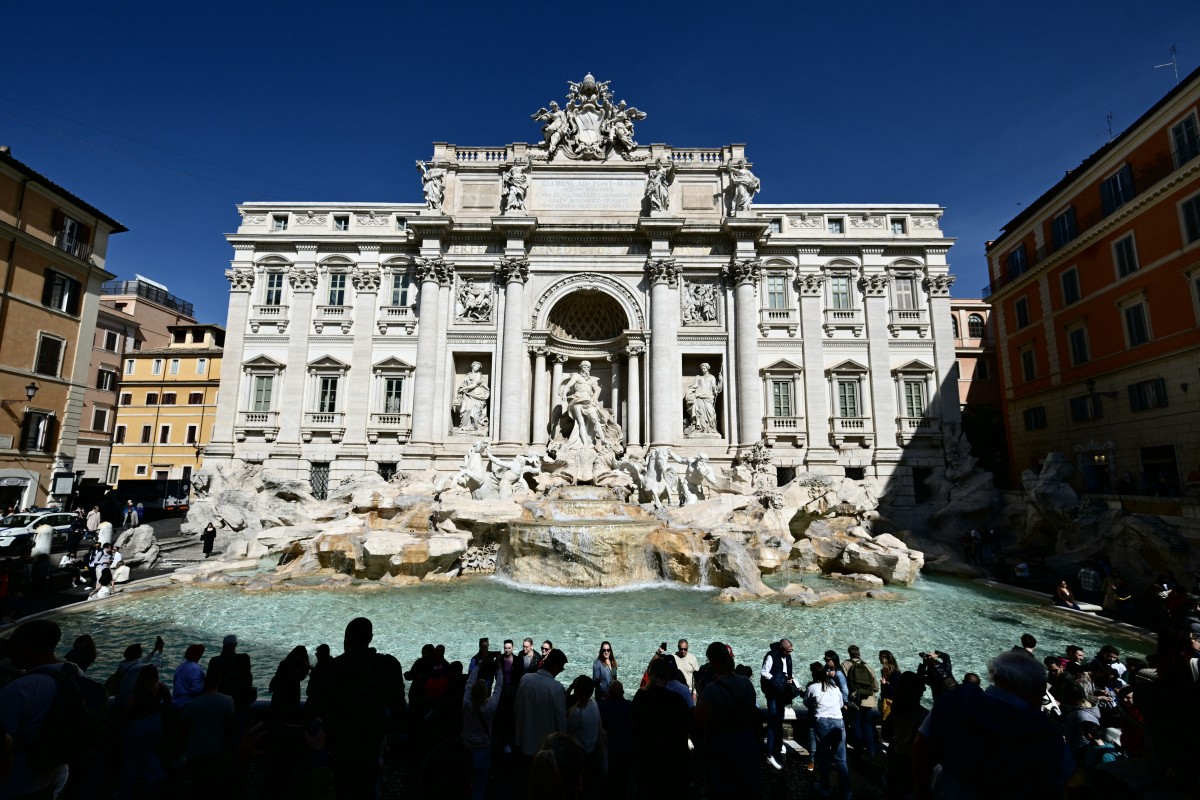
 Please whitelist us to continue reading.
Please whitelist us to continue reading.
I’m wondering if you will be exempt if your accommodation is something like an Airbnb, rather than a commercial hotel or larger actual B&B property. Does anyone know?